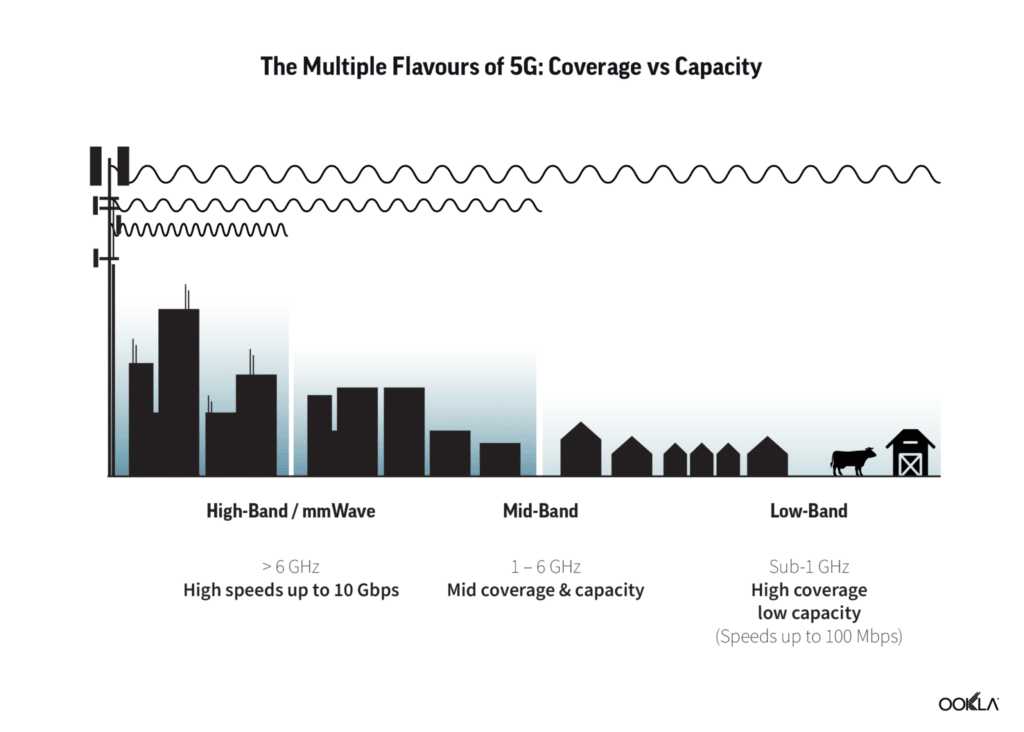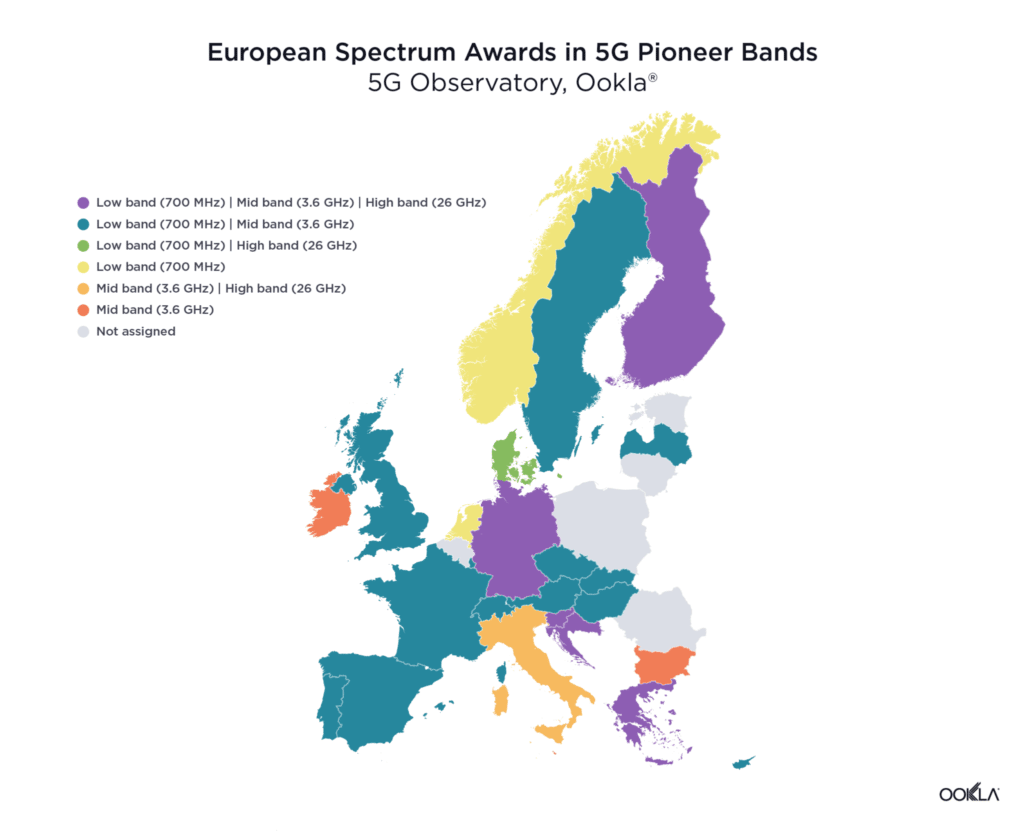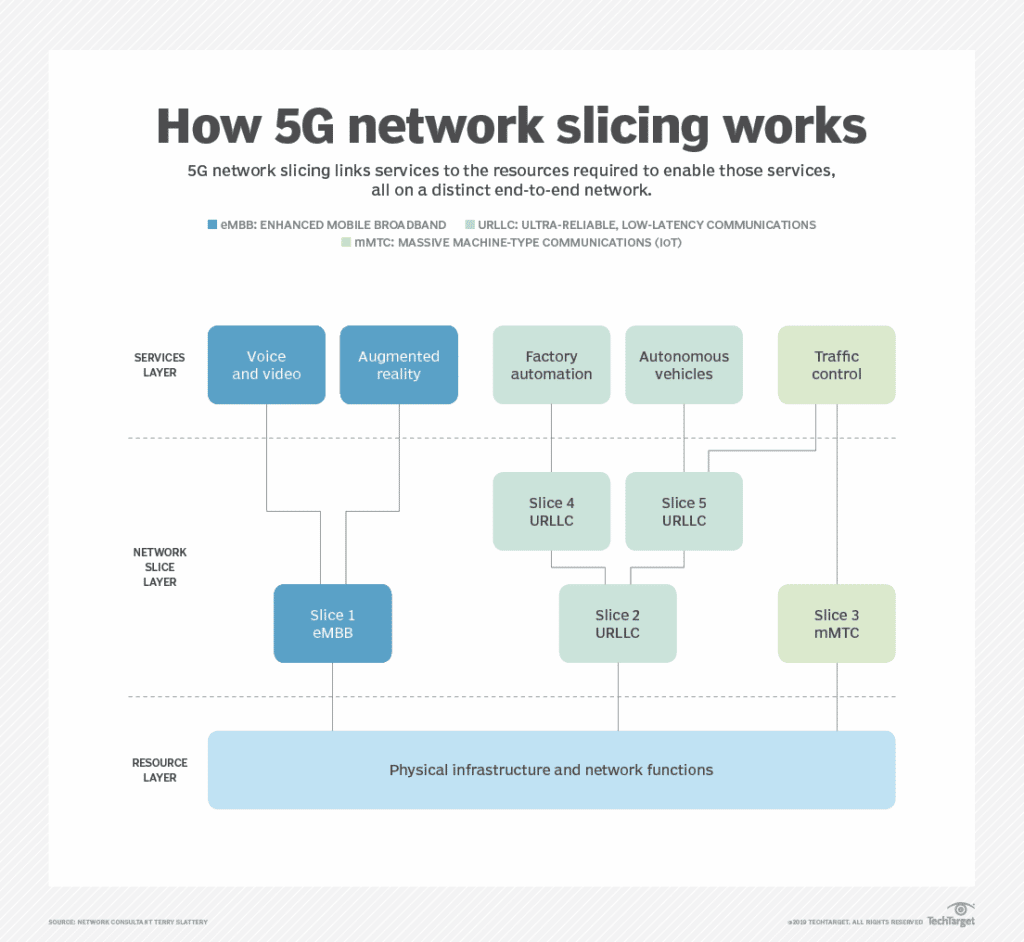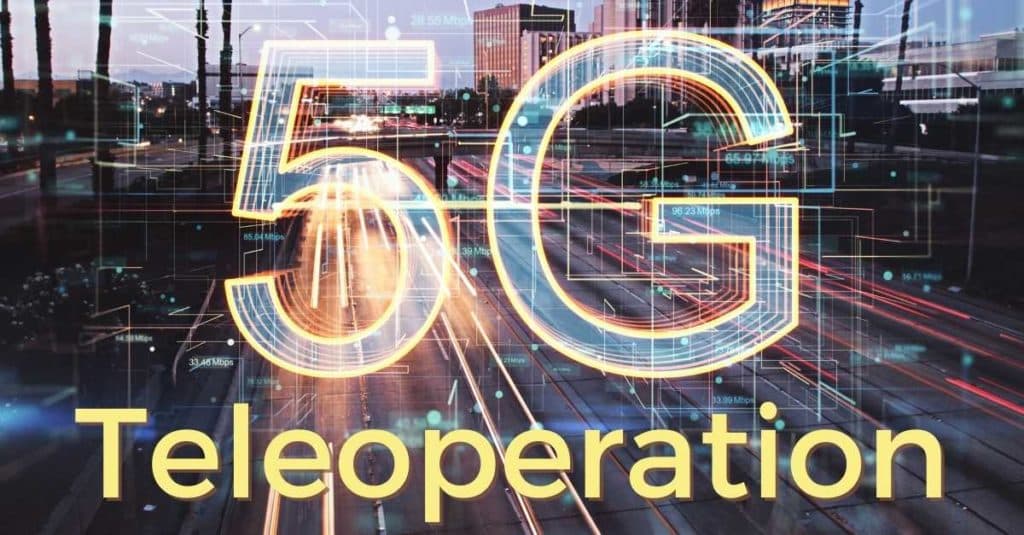Teleoperation for autonomous and driverless vehicles requires reliable, low-latency connectivity. With the growing traction of 5G networks, we dive deeper into the technology to analyze how it serves teleoperation needs.
5G and Autonomous Vehicles Teleoperation
One of the first questions we get when we start talking about teleoperation grade connectivity is “Doesn’t 5G provide the reliability and low latency required for teleoperation? After all, uRLLC is part of the standard.” Our answer to that is “It’s complicated.” In this article, we will break down that answer.
The role of remote human operators in Autonomous Vehicle operations was recently highlighted in a much-quoted interview with Cruise CEO, Kyle Vogt. To summarize his (and most others’) stance on the issue: Teleoperation is an important component of a driverless fleet operation. It ensures end-to-end service by dealing with edge cases, helps provide customers assurance, and even enables driverless services without autonomy. Nearly all wide-scale commercial AV deployments include teleoperation in one form or another, be it remote supervision, remote assistance, or direct operation.
Teleoperation grade connectivity
Network connectivity is the number one prerequisite for teleoperation. Information— including video, audio, system messages, sensor data, and more—is transmitted and presented to the remote operator. Commands, data, and telemetry are then sent back to the vehicle, which acts upon the new information.
The connectivity requirements for this data roundtrip are:
- Low, and constant latency, measured in milliseconds
- High reliability, i.e., continuous connectivity with no data loss
- Sufficient bandwidth to support HD or 4K video
5G networks and teleoperation requirements
5G networks were designed to meet three key business requirements, highly relevant to our discussion. These are:
- eMBB (enhanced Mobile BroadBand)—focuses on providing capacity (at least 100 Mbps) in congested areas, better connectivity, or wider coverage areas, and better mobility, i.e., seamless connectivity in moving scenarios.
- URLLC (Ultra Reliable Low Latency Communications)—use cases that have strict requirements on latency and reliability for mission-critical communications. The standard defines more than 99.999% reliability and latency of approximately 1 millisecond for data transmission.
- mMTC (massive Machine Type Communications)—use cases that require support for a very large number of devices in a small area. IoT is a typical example.
According to the standard, a 5G network should meet the following peak criteria: download speed of 1,280 MB/s, and upload speed of 2,560 MB/s. When it comes to latency, the requirement is a minimum latency of just 4 ms in ideal conditions is met, and as low as 1 ms for ultra-reliable and low-latency communications.
eMBB and URLLC answer the needs of teleoperation, and then some.
So what’s the issue?
While the (evolving) 5G standards define how to reach these three seminal concepts, networks cannot support all of them simultaneously. In eMBB for example, achieving high capacity in congested areas comes at the expense of mobility. In high mobility, network configuration capacity is lower.
5G frequencies and teleoperation
5G is more than just technology; it has to do with radio frequency as well. To support the growing demand for data, policymakers worldwide allocated new spectrum for use by 5G networks.
There are roughly 3 frequency categories:
- Low-band: Anything under 1GHz
- Mid-band: between 1GHz and 6GHz
- High-Band: Everything above 6GHz; mmWave is a subset of high band above 24 GHz
Different frequencies have different propagation profiles. Lower spectrum has better propagation than higher spectrum, meaning that the lower the frequency, the more robust the signal. Low frequencies travel further without interference and are better at penetrating barriers, leading to better coverage.
High-band frequencies, especially mmWave, offer extremely high speed but suffer from interference, meaning that they do not reach far or can deal with obstacles. In addition, higher spectrum is also more challenging in a moving environment such as a car or truck. This means that there will be more disruptions to the 5G cellular link.
Coverage is a function of the spectrum and the number/distance between base stations. In general, more base stations mean better coverage.

5G network frequency rollouts depend both on regulator frequency policy and operator strategy. In the US, initial launches focused mainly on high bands. In Europe, bandwidth auctions gravitated towards the mid-band. For this reason, 5G network characteristics are highly local in nature.

5G deployment status: Standalone vs. non-standalone
In order to speed up and drive down the cost of 5G rollouts, communication service providers (CSPs) took a gradual approach to network rollout by deploying non-standalone networks (non-SA).
A non-SA network is a “hybrid” network where the Radio Access Network (RAN) is 5G but the core network is an existing 4G infrastructure. In standalone (SA) networks, the core is 5G as well.
This is relevant since the core network contains the underlying data layer. In 5G, it was completely re-engineered to be cloud native. Network slicing, uRLLC, and many other 5G applications require a non-SA network.
While penetration of 5G is growing and is expected to surpass 60% in developed APAC countries and the US, many of these networks are non-SA networks. According to the Del’oro group, “In the first half of 2022, only three new 5G SA networks were launched, KDDI in Japan, DISH Wireless in the US, and China Broadnet in China bringing the total deployed around the world to 27 MNO 5G SA MBB networks.”
Network slicing for 5G teleoperation
uRLLC often relies on network slicing and beamforming to guarantee high QoS requirements.
Network slicing is one of the most anticipated aspects of 5G. It leverages the new software-based architecture of 5G networks, which separates the service layer, the traffic layer, and both from the infrastructure layer. Using virtualization, the network can be “sliced” into separate virtual networks with different logical topologies, security rules, and performance characteristics. It is more than simply assigning higher priority to specific packets under a separate QoS – it is an entirely separate network.

Network slicing requires SA 5G networks, and may carry significant costs.
Another issue is that net neutrality requirements currently limit the ability to deliver both URLLC and high bandwidth traffic. The subject is under debate between industry and regulatory bodies.
Connectivity, coverage, and mobility
The discussion around teleoperation is so focused on latency that continuous coverage is often overlooked. Coverage does not mean wide expanses where there is no cellular network coverage; it means the ability to be continuously connected with constant bandwidth while in motion.
Coverage during fast movement is especially impacted by small, no-coverage, or low-coverage pockets created by buildings or distance from a base station. It is also affected by network design, antenna placement, and cell handoffs.
These two issues make 5G challenging for highly mobile scenarios—that is, unless the network was configured specifically to support the mobility use cases defined under eMBB.
Cellular network latency vs. end-to-end latency
Another important point is that latency does not end with the cellular network. The important parameter is end-to-end latency—the time it takes to encode and transmit data on the vehicle side, or the time from when the data reaches the teleoperator’s cloud provider and servers to the time when the data is presented to the remote operator.
Each element along the path adds its own latency, and while the cellular network is critical, it is not the only leg that needs to be addressed.
5G and even 4G networks currently can meet the latency requirement of at least some of the teleoperation use cases.
So what can be done?
uRLLC is one of the cornerstone concepts of 5G and is more than enough for teleoperation purposes. In fact, standard 5G and even 4G performance are sufficient for some teleoperation use cases. The issue is that ensuring that the same QoS is available through a ride may require the use of expensive network slicing or heavy investment on the CSPs’ part. In addition, despite the growing availability of 5G, non-SA networks simply do not support uRLLC. Another issue is that end-to-end latency is derived from both cellular network latency and other contributors.
This uncertainty means that even if a 5G network is available in the driverless service area of operation, it won’t be enough and additional measures still need to be taken in order to ensure teleoperation-grade connectivity.
Need teleoperation-grade connectivity?
"*" indicates required fields
*By clicking submit I agree to receive emails from DriveU.auto. I understand that I may opt-out of Driveu.auto subscriptions at any time.






